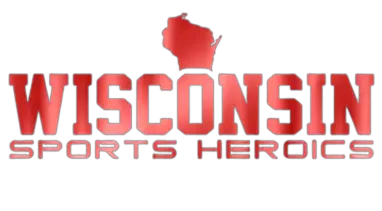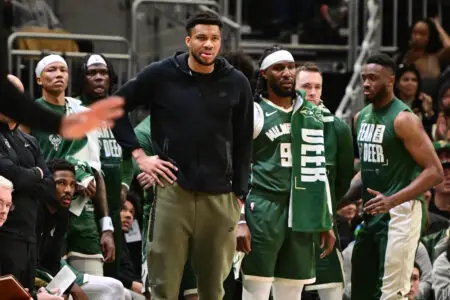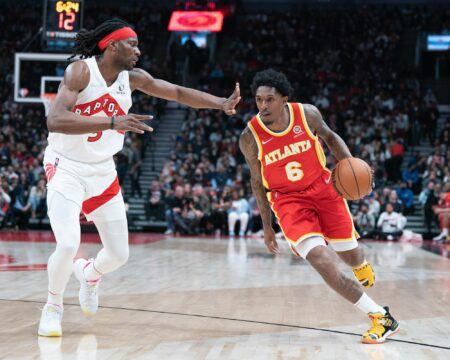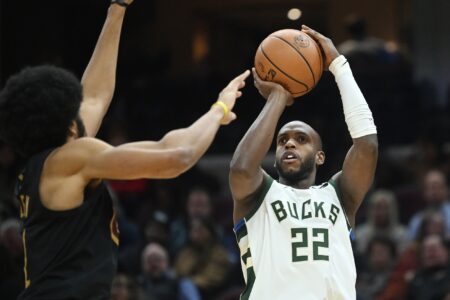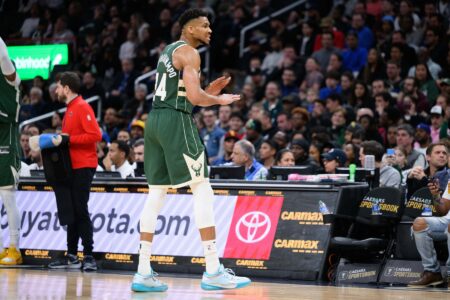In the dynamic world of professional basketball, trades are the lifeblood that keeps the game evolving. The recent blockbuster trade between the Milwaukee Bucks and the Portland Trail Blazers, involving the high-caliber player Damian Lillard, sent shockwaves through the NBA community. Even more intriguing is how Milwaukee’s General Manager, Jon Horst, navigated the complex negotiation landscape to secure the deal. This article delves into the trade details, shedding light on the strategic moves that led to Lillard donning a Bucks jersey when Miami seemed to be the preferred destination.
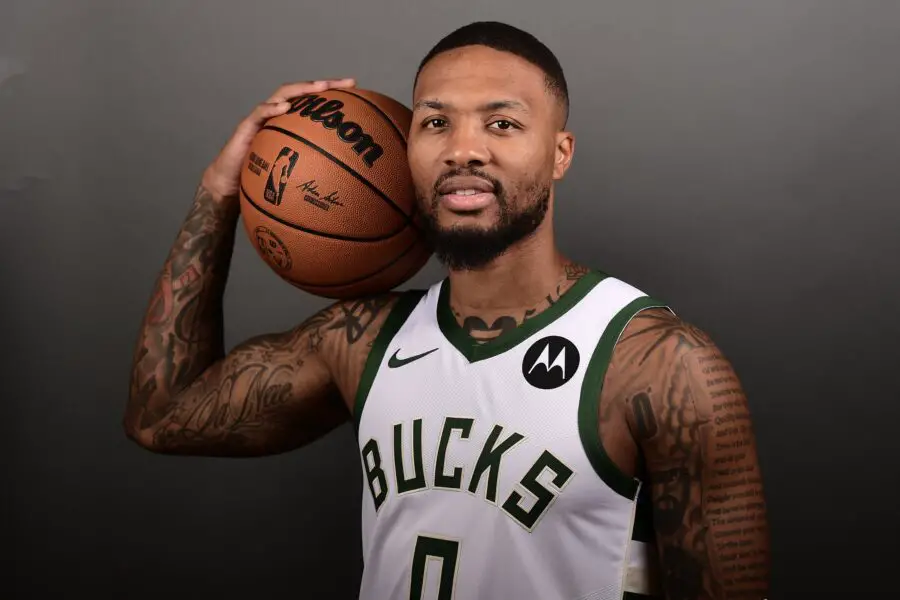
The Initial Rumblings
Rumors of Damian Lillard seeking a new home were buzzing around the league like a swarm of bees. The preferred landing spot appeared to be the Miami Heat, with the allure of the South Beach lifestyle and a talented roster in contention for an NBA title. However, Jon Horst, the astute General Manager of the Milwaukee Bucks, wasn’t one to be underestimated.
Horst’s first move was to initiate conversations with Portland’s General Manager, Joe Cronin. “It was obviously a lot of conversation, a lot of back and forth,” Horst told ESPN. Building a foundation of mutual understanding and respect was crucial to any potential trade, and Horst worked diligently to establish that rapport with Cronin.
Building Bridges: Aaron Goodwin and Ownership
The success of any NBA trade often extends beyond the front office to the relationships built with key players and agents. In this case, Jon Horst acknowledged the pivotal role played by Aaron Goodwin, Damian Lillard’s agent. Goodwin’s influence and insights into Lillard’s preferences were instrumental in steering the negotiations.
Additionally, the Bucks’ ownership played a significant role in making the trade a reality. Ownership support is not just about financial backing; it’s also about showcasing a commitment to the team’s success. In the words of Jon Horst, “It takes a lot of partners; Aaron Goodwin, Dame’s agent, and our ownership were able to make it happen.” This acknowledgment underscores the collaborative effort and shared vision that led to the groundbreaking trade.
Navigating the Challenges
While Miami seemed to be the frontrunner, the Bucks faced several challenges in convincing Portland to part ways with their star player. Salary cap considerations, player assets, and draft picks played a role in the intricate negotiation dance. Horst’s ability to find common ground and offer a package that satisfied Portland’s needs while keeping Milwaukee competitive was a testament to his strategic prowess.
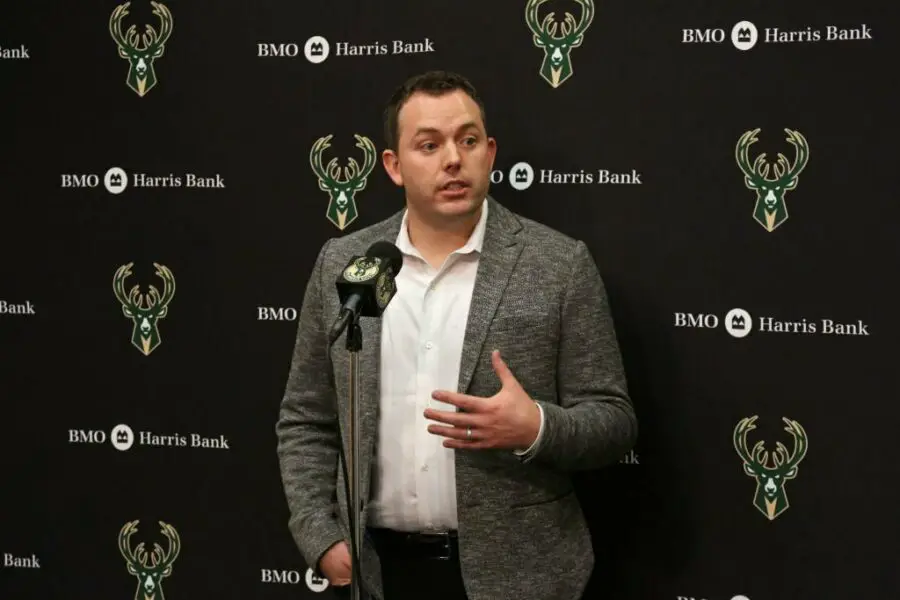
The Role of Trust
Trust is the currency of successful negotiations, and Jon Horst understood this well. Establishing trust with the counterparts in Portland was essential for the deal to progress smoothly. Horst’s transparency and willingness to collaborate demonstrated a commitment to fairness and integrity, fostering an environment where both parties felt comfortable making bold moves.
Conclusion
In the end, the unexpected trade of Damian Lillard to the Milwaukee Bucks showcased Jon Horst’s acumen as a General Manager. Against the backdrop of Miami being the preferred destination, Horst orchestrated a series of strategic moves culminating in a deal that could reshape the NBA landscape.
The collaboration between front offices, agents, and ownership, coupled with Horst’s adept negotiation skills, turned what seemed improbable into a reality for the Milwaukee Bucks. As Lillard embarks on a new chapter in his career, the NBA community will be closely watching to see how this strategic move by Jon Horst will impact the Bucks’ championship aspirations. The unexpected twists and turns of the NBA trade landscape remind us that, in professional basketball, anything can happen, and it often does.
For More Wisconsin Sports:
Follow me on Twitter at @LandonBuford, and follow us @WiSportsHeroics. To read more of our articles and keep up to date on the latest in ALL of Wisconsin sports, click here! Green Bay Packers, Milwaukee Brewers, Milwaukee Bucks, Wisconsin Badgers.
